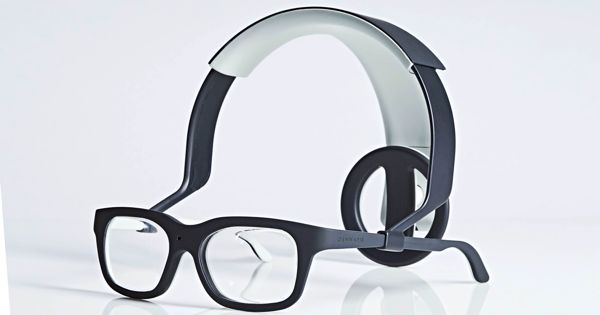Researchers Develop a world-first vision restoration device for human trials
Doctors are planning to install the World’s First Bionic Human Eye. Researchers around the world have tried to cure this with several bionic solutions, but none of them has yet been able to come to the market to help change people’s lives. Oh, it seems like one of the contestants has come too close. A team of researchers at Monash University in Melbourne, Australia, have designed a bionic system that they believe will restore vision to the blind with a brain implant.
Researchers are now planning to move it to the next step in their first-ever human clinical trial. The team is now training for what they say will be the world’s first bionic eye human clinical trials—and is calling for extra funds to potentially produce it on a global scale.
Australian researchers say the device will restore vision through a brain implant. Researchers at Monash University in Melbourne, Australia have built a bionic eye that promises to bring back vision with the help of a brain implant. The team claims this is the world’s first bionic eye.
Arthur Lowery, professor at the Department of Electrical and Computer Systems Engineering at Monash University, said: “Our design creates a visual pattern from combinations of up to 172 light spots (phosphenes) that provides information for individuals to navigate indoor and outdoor environments and to recognize the presence of people and objects around them.”
It’s basically smartphone intestines paired with brain-implanted microelectrodes, as TechCrunch notes. The Gennaris Bionic Vision System, a project that has been ongoing for more than 10 years, bypasses weakened optic nerves to enable signals to be sent from the retina to the brain’s vision center.
The machine consists of a custom-designed headgear, which includes a camera and a wireless transmitter. The processor device is responsible for data crunching, while a series of tiles embedded within the brain delivers signals. Researchers have seen promising outcomes in sheep with limited side effects with a cumulative simulation period of two hundred hours. Researchers are already planning to move it to the next stage with the first-ever human clinical trial, which is scheduled to take place in Melbourne. Researchers are also looking to gain funds to speed up the development process and delivery.
“Our design creates a visual pattern from combinations of up to 172 light spots (phosphenes) that provide information for individuals to navigate indoor and outdoor environments and to recognize the presence of people and objects around them,” said Arthur Lowery, professor at Monash University’s Department of Electrical and Computer Systems Engineering.
Researchers are now aiming to adapt the device to help people with untreated neurological disorders, such as limb paralysis, recover mobility. “If successful, the MVG [Monash Vision Group] team will seek to set up a new commercial enterprise focused on providing a vision to people with untreatable blindness and movement to the arms of people paralyzed by quadriplegia, transforming their health care,” Lewis said.
The July experiment revealed that the Gennaris collection could be successfully transplanted into the brains of three sheep using a pneumatic insert, with a total of 2,700 hours of stimulation having no adverse health effects.
It’s still unclear when the first human trials will take place.
“With the extra investment, we will be able to manufacture these cortical implants here in Australia at the scale needed to advance human trials,” said Marcello Rosa, Professor of Physiology at Monash and a member of MVG. The news comes after Elon Musk’s brain-machine interface company Neuralink revealed that it is researching its coin-sized interface prototype in live pigs. The end aims are similar: to cure brain disorders, including blindness and paralysis.
However, whether the Monash device is technically the first bionic eye may be semantic. A separate brain implant, a sensory prosthetic device created by scientists at Baylor College of Medicine in Houston, has recently allowed both blind and sighted participants to see the outline of the letters, as outlined in a paper published in May.
“If successful, the MVG [Monash Vision Group] team will seek to set up a new commercial enterprise focused on providing a vision to people with untreatable blindness and movement to the arms of people paralyzed by quadriplegia, transforming their health care,” said Dr. Philip Lewis of Monash University.














